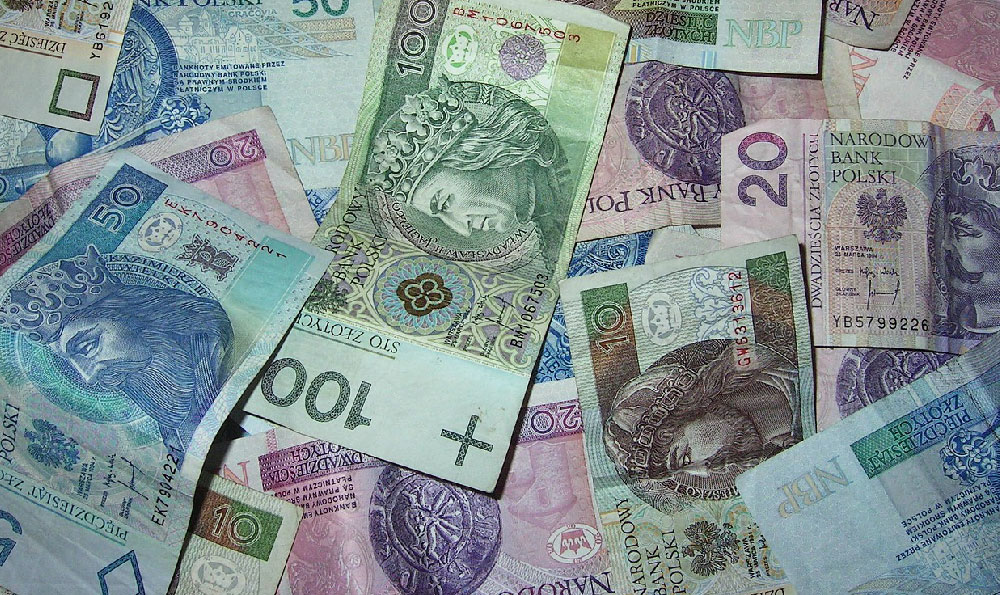Crafting a money necklace, an idea that often sparks curiosity and a desire for a unique, potentially auspicious accessory, presents a fascinating intersection of creativity and, arguably, unconventional monetary practices. While the notion of wearing legal tender around one's neck might seem novel or even borderline irreverent to some, the feasibility and methods for creating such a piece of jewelry are certainly within the realm of possibility. The real questions lie in the practicality, legality, and the overall sensibility of such an endeavor.
The first hurdle to overcome when contemplating a money necklace is, undoubtedly, the legal aspect. Most nations have laws prohibiting the defacement or mutilation of currency, designed to prevent the widespread destruction of money and maintain its integrity. While simply stringing coins or folding bills into origami shapes is unlikely to attract legal repercussions, permanently altering the currency – say, by drilling holes through coins or gluing bills together in a way that renders them unusable – could potentially run afoul of these regulations. The specific nuances of currency laws vary from country to country, so a thorough understanding of the local legal landscape is paramount before embarking on this project. Generally, the intention behind the act plays a role; artistic expression, as opposed to malicious intent to devalue currency, might be viewed more leniently.
Assuming the legal considerations are addressed and the chosen method avoids irreversible alteration of the currency, the next step is to decide on the style and construction of the necklace. Several approaches can be taken, each with its own set of aesthetic and practical implications. One option involves using coins. Coins can be strung together using wire, jump rings, or even sturdy thread. To avoid drilling holes, consider using coin bezels – small metal frames designed to hold coins securely. These bezels come in various sizes and styles, allowing for customization and a polished finish. Furthermore, different denominations of coins can be combined to create visual interest and varying textures. A necklace composed of older, more valuable coins could even become a conversation piece, adding a layer of historical significance to the accessory.

Alternatively, bills can be incorporated into the design. Given the delicate nature of paper money, careful consideration must be given to its protection and durability. Folding bills into origami shapes – stars, hearts, or even tiny envelopes – is a popular method. These folded shapes can then be strung together or attached to a chain. However, prolonged exposure to the elements and constant handling can quickly degrade the paper, leading to tears and fading. To mitigate this, consider laminating the bills before folding them. Lamination adds a layer of protection against moisture, dirt, and wear and tear. However, it's essential to ensure that lamination does not violate any currency laws regarding alteration.
Another approach involves encapsulating the bills in resin. Resin casting creates a durable, waterproof barrier around the money, preserving its appearance and preventing damage. This method allows for more creative designs, as the bills can be arranged in various patterns and embedded with other decorative elements, such as glitter, beads, or even small photographs. The resin casting process can be somewhat involved, requiring specialized materials and techniques, but the resulting necklace can be exceptionally durable and visually striking.
Beyond the practical considerations of construction and durability, the aesthetic appeal of a money necklace is, of course, a significant factor. The choice of materials, the arrangement of the currency, and the overall design should reflect the wearer's personal style and preferences. A delicate chain with intricately folded origami bills might be suitable for someone with a minimalist aesthetic, while a bolder design featuring larger coins and more elaborate embellishments might appeal to someone with a more eclectic taste. The use of different metals, such as silver, gold, or copper, can also enhance the necklace's visual appeal and complement the tones of the currency.
While the novelty and potential aesthetic appeal of a money necklace are undeniable, it's crucial to acknowledge the symbolic implications of wearing money as jewelry. For some, it might be seen as a symbol of wealth and prosperity, a tangible representation of financial success. For others, it could be interpreted as a statement of economic empowerment or even a commentary on the role of money in society. The meaning and significance attributed to the necklace will vary depending on the individual's cultural background, personal beliefs, and social context.
Ultimately, the decision to create and wear a money necklace is a personal one. It requires careful consideration of legal restrictions, practical challenges, and aesthetic preferences. While the idea might seem unconventional or even frivolous to some, it presents a unique opportunity for creative expression and self-discovery. By approaching the project with respect for the currency and a commitment to responsible craftsmanship, it is indeed possible to craft a money necklace that is both visually appealing and personally meaningful. However, one must always remember that the core function of money is for exchange and economic activity; transforming it into jewelry, while possible, fundamentally alters its intended purpose. Perhaps the true value lies not in the monetary worth of the necklace, but in the artistry and the personal statement it represents.












